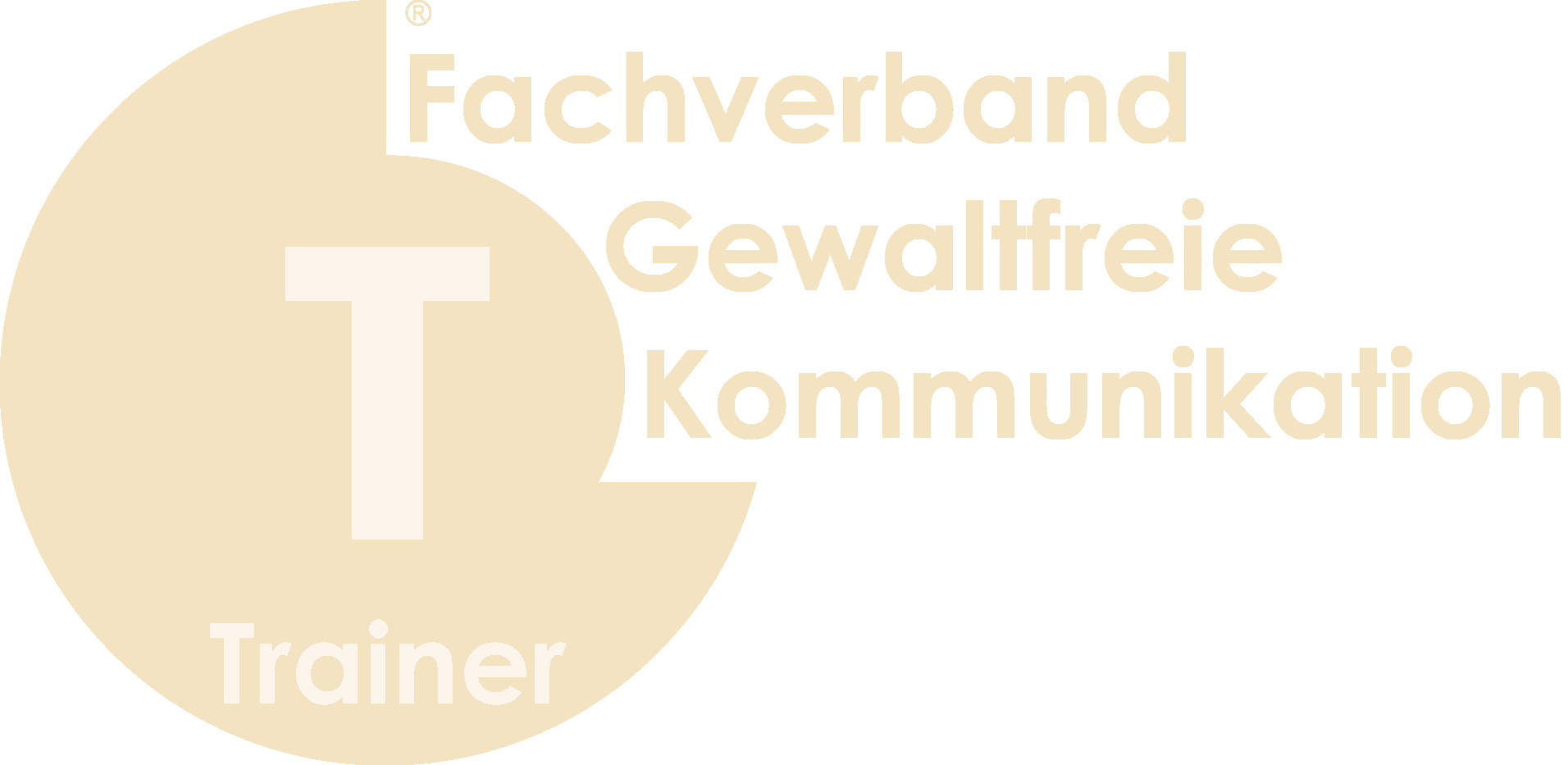Observations
How much do we enjoy sitting in the coffee and watching the passers-by? She has a striking hairstyle; he an impossible tie. It's fun, but doesn't get us any further in the contact with the observed.
Observing yourself
There are behaviours of our animals that make us laugh, but there are also others that make us feel hot-tempered. Observe how you are doing in training. If you become angry, annoyed or impatient, interrupt the training immediately. This is not serious and can happen to anyone. It is only a pity if you then continue training and send wrong signals to the animal or even take out your displeasure on the animal.
Take a break for a moment, take a deep breath and think about what upset you and how you can avoid it. If you have no idea at this moment, take your time to think. You would rather not train any more on this day than in a bad mood.
The training should be fun for both the animal and the person. This will make it successful and efficient.
Nonjudgmental observation
To be able to communicate with the animal, one must learn to "listen". The animals show us a lot about their body language and facial expressions. Everybody knows the wagging dog, but not every wag is joyful. It could also indicate excitement and tension. There are countless signals that the animals show. We must learn to understand them. The important thing is that we do not interpret and evaluate behaviour but simply observe it. Otherwise, we quickly end up humanizing the animals: "He has a guilty conscience." "He does it to annoy me." That's not how we do justice to the animals!
Dogs show very clearly whether they are afraid, happy or just stressed. It is important to recognize this and to react accordingly.
When you start a training session with your dog, start as if it were a new animal. Don't put your animal in a drawer "He can't do that anyway", "He won't listen to me anyway" or "That's no problem, he's been doing it right for so long". Observe the behaviour and consider how you can change or build it up with training. Observing and possibly changing but not evaluating and interpreting is the motto here.





